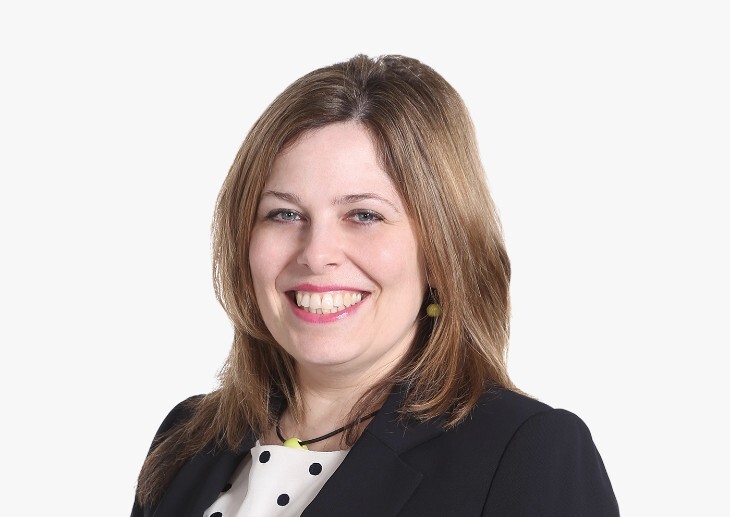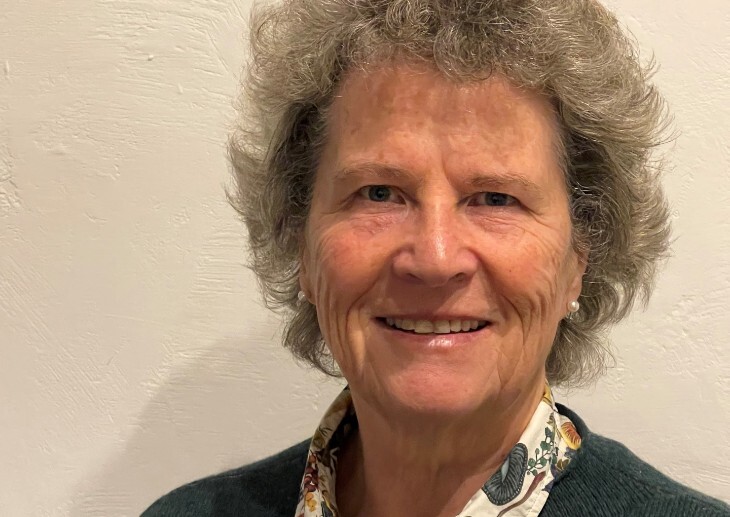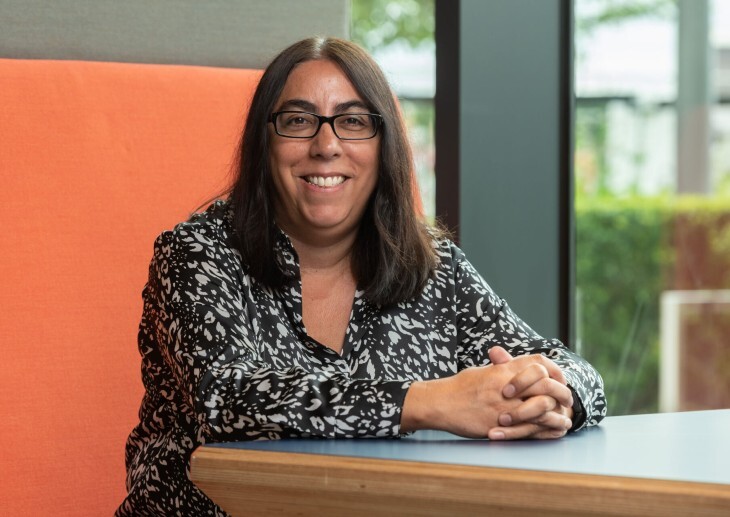Bedfordshire, Luton and Milton Keynes (BLMK) ICB chief primary care officer, Nicky Poulain, was a nurse, midwife and community specialist practitioner, holding several director roles across the NHS in Hertfordshire before moving to Luton clinical commissioning group (CCG) in 2014 and taking on the director of primary care role for BLMK CCG and was also the Associate Dean for Primary Education in Hertfordshire and Barnet between 1999 and 2003. She talks to Healthcare Leader’s editor Victoria Vaughan about primary care in the BLMK system.
Victoria Vaughan (VV): What are you doing as an ICB to build up primary care in your area?

Nicky Poulain (NP): We’ve got 11 prioritised system programmes and I’m senior responsible officer (SRO) for two – improving access to primary care and integrated neighbourhood working. The reason that it’s a system program is because primary care access can’t be done by primary care on its own. We need to be hand in glove with the local authorities and Health Watch.
As an example, we have a board get together every month, and we do seminars every quarter. We have a public meeting and then every other month, we have developmental seminars. Regularly I will be at the table, bringing a primary care perspective, to try and get that parity.
The national team in particular, talk about ambulance conveyance times, waiting times in A and E. They don’t think, further back. That’s where I will lean into those discussions.
In BLMK, clearly, Luton shines like a beacon of inequalities. An illustration of that inequality is that 49% of all children in Luton are living in relative poverty with families being in receipt of benefits and free school meals.
You can’t always compare an apple with an apple in our ICB. So that’s why I say, we need to look at Luton and compare it with similar places such as Oldham and Redbridge.
VV: What does integrated neighbourhood working mean in BLMK?
NP: Integrated neighborhood working is a separate program to improving access to primary care. However, they overlap, because if we can get dentists, pharmacists, opticians, primary medical ones are all working in a collaborative way, that will fast track integrated neighborhood working. Increasingly I’ve really honed in on what I call the role of the system integrator.
We’ve got Luton Borough Council, Bedford Borough Council, central Bedfordshire and Milton Keynes. I have the local authority acting as the local system integrator, as the SRO, I’m almost like the convener.
Something really important is that many of our local board members have said, ‘It doesn’t work with primary care networks not being co terminus’, but that’s a back office function. All a patient needs to know is how to access services. If I can’t go to my practice, I should be able to go onto the website and understand where else I can go. That’s the only thing that a patient needs to understand.
We have developed, our ICBs Target Operating Model. We’ve got 300 staff looking after just over a million people. We’ve prioritised things differently so we protect staff time and resource to look at place.
It’s still in iteration so it’s a theoretical model. People have to see we’re all jointly responsible for our population, but this is how we actually manage our time.
We’ve got three big areas – core team, shared transformation team, and the place team.
The worst thing would be if place was seen as an island. So we have exec directors who are also exec leads to place. As one of the core team, I’ve got primary care and community, and I’m also a link director for one of the four places – I’m a bit of core, and I’m a bit of place. And we are very clear that it’s about adding capacity and capability to place. What it means is that the place teams are out with folk.
For example, because I’m a link director for Luton, I am almost a shadow Exec of the council, so I understand what’s going on and I can see where I can lean in. You’ve probably heard the shocking news that Vauxhall are going to lose 1,000 jobs so I was leaning into that and working closely with my chief of people and her deputy to see what we can do to help in terms of the vacancies we have. It’s looking at things in a very proactive way.
We’re adding agile, responsive staff – if the place team needs something, they’re adding capacity and capability.
VV: Is your role to bring people together then? Is that how the ICB shifts focus towards neighbourhoods?
NP: Well, everyone needs to understand the vision that we’re trying to make decision-making close to the residents and a focus on self-care, prevention, and building individuals and communities’ resilience, so that there is not as much reliance on the public services.
So that, you know, if you’re a contract manager, and you’re doing a contract management meeting, you think, ‘Have we got the right emphasis on doing the right things in that contract?’ It almost becomes a bit like a social movement.
Listen, we’re not there yet. We have 300 staff and I’d say over half have got that vision, but you’ll still get some who just want to come in and do their own bit. But that’s how we are adding value.
VV: when you have those people building capacity and capability at place, what are they doing?
NP: They are guided by the population health need. It’s very data driven.
This is where there is synergy between the core, the shared transformation and the place. Some things need to be done at scale, but you need the relationships at place because although your methodology is the same, your implementation may be different.
For example, if we look at, children with complex needs. Our place teams are increasingly hanging out with people like the children’s team within the council. We’ve done a review of homelessness because it came up as a priority. I know that I’ve got enhanced services that are a legacy of previous CCGs who did what they thought was right at the time. We’ve lent into anyone that’s got accountability for homelessness, which ultimately is going to be your councils and your community voluntary sector. We’ve got some quite innovative and biggish organisations that would have a turnover of £2-3 million so it’s not insignificant. We worked together and said, ‘this is what we’re spending at the moment. Is this adding value? If it’s not, we could stop it or do you want us to change it in any way at all?’ That’s the sort of discussion now. We want delivery and action. We are very clear.
It’s only recently that I’ve taken total responsibility for the community, because we had a change of portfolios. We spend about 130 million – it’s not a lot, really – on community. We’ve got three big providers and 27 others, so 30 in total. I’m trying to understand exactly what’s in them. If there’s a diabetes enhanced service, how does that interface with your educational program? And where does end of life care fit?
You look at it with a population lens. There is some flexibility with community and primary care.
However, the bigger argument is the budget going to acute – that’s a bit more than average. We have had some really frank discussions over the last two months. We’re saying to the acute sector, ‘we know you’re working hard and spending the money, but we need some of that resource moved to us, because we’ll never get ahead of the curve if we don’t do it in this way’.
VV: How is that going with the acute sector? Are they receptive?
NP: I can honestly say, hand on my heart, they are. A very senior member of the one of the acute trusts actually said that we do primary community work in our hospital, because you haven’t got the resource to do it at the right place. And there’s an ageing population. year on year, there’s a 3% increase in over 65s. Age is the biggest indicator for frailty but, in our area, because we’ve got poverty, they’re probably very frail by the time they’re 65. That’s a compelling answer to the question about why you’ve got to do it differently.
We will still get thrown: ‘Oh, nobody can get to see a GP’. But every day we have 28,000 people touching primary medical practice – that’s not Pharmacy First, that’s in our practices – and about 45% of it is with GPs. Of them, about 80% is face to face. Every day some people do see a GP, but they may be the wrong people seeing the GP.
We are implementing Total Triage as one model, though it will be implemented differently in every practice. I’ve got 84 practices. I’ve got two really innovative GPs that have shown that total triage can work. One gives a very compelling story about how he was a bit of a skeptic.
VV: Do you have enough GPs? What’s your situation with your provision and your relationship with GP practices?
NP: About 20 years ago, there was some research in Liverpool that said you need to have a partnership of a manager and a clinician working on something together. I have got a budget of just over half a million quid of clinical leadership in my team. I’ve got six strategic clinical leads. I’ve got one for inequalities, workforce, access, long term conditions, mental health and children.
In addition, I fought to get funding for what I call political leadership at place. There is shedloads of funding through the PCN clinical leadership so I want to added capacity to PCNs at place.
I gave each place about £80,000 but I was very clear about using the data to guide what they were doing and we did joint objective setting, because there’s no point in me recruiting a whole load of GPs which upsets the PCN CDs.
And we’ve got a very well-resourced primary care training hub. It’s well resourced because I chucked on the service development funds (SDF) instead of giving it to practices and PCNs. They were very annoyed with us to start with, but I know that well-resourced primary care training makes a difference.
All we can do is influence and if I’m really frank with you, give energy enthusiasm and congratulate small achievements, because otherwise it can all be very miserable. It’s not all about recruitment. It’s about retention and how you keep the joy in this job.






